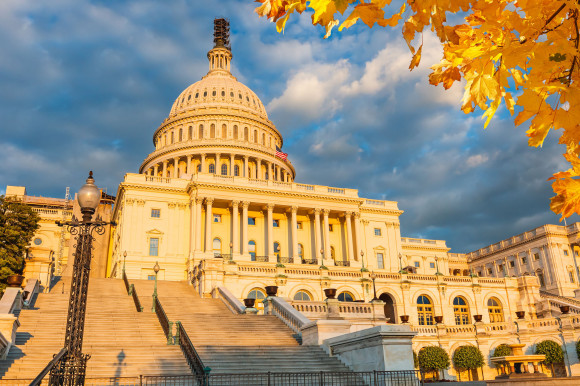Looking ahead to the next Congress, the Dodd-Frank Act faces renewed scrutiny, including the Financial Stability Oversight Council process and the lack of transparency and quantitative analysis before making decisions.
As a result of the Dodd-Frank Act’s fundamental reaffirmation of the state insurance regulatory system, the property/casualty insurance sector has become even stronger while the regulatory system has evolved to meet new challenges and incorporate new ideas. But some troubling issues have also begun to emerge from Dodd-Frank that might create outcomes that run counter to the best interests of American insurers and consumers.
The U.S. insurance market is still the world’s largest country insurance market and is characterized by unmatched competition and consumer protection. This strength persists, despite the fact that between 2010 and today, the industry had years where it sustained record losses.
Since the passage of Dodd-Frank, the state regulatory system has evolved to meet changing demands. Model legislation is being adopted by the states on holding company regulation, new assessment tools and reinsurance collateral. The National Association of Insurance Commissioners (NAIC) is updating its corporate governance and market conduct regulation to assure both effectiveness and efficiency. Internationally, the states directly and through the NAIC have regularly convened and participated in international supervisory colleges and lent their unmatched expertise to international regulatory discussions at the International Association of Insurance Supervisors (IAIS) and other forums. This record of success is a powerful validation of the wisdom of Congress’ belief in, and support for, the U.S. state-based insurance regulatory system as reflected in Dodd-Frank.
However, some problems have emerged from Dodd-Frank that need prompt attention. The new authority given to the Federal Insurance Office (FIO) and the Federal Reserve Board (the Fed) and their involvement in international forums — along with the NAIC — means that the U.S. often speaks with many conflicting voices instead of one voice. In many cases our U.S. federal representatives have very different agendas from our state regulators, undermining our U.S. negotiating strength overseas.
Increasingly, overall direction on international insurance regulatory matters, far beyond systemic risk, has been assumed by the secretive Financial Stability Board (FSB), on which the U.S. is represented by the Treasury Department, the Fed, and the Securities Exchange Commission, but not the states. As examples of its far ranging activity, the FSB recently directed the IAIS to develop capital standards, involved itself in day-to-day insurance regulatory issues such as resolution and enterprise risk management, and conducted a “peer review” of the U.S. which was critical of the states and supportive of an increased federal role.
Most telling, however, was FIO’s recent support for, and the Fed’s neutrality on, actions by the IAIS to implement a new closed door policy that will negatively affect all U.S. interested parties — companies and consumers, alike. Reflecting their transparent policies and traditions when compared to the federal agencies, the NAIC and the states opposed this action, and found strong bipartisan support in the House of Representatives, the U.S. Senate, and among state legislators. Examples of other critical issues where federal agencies have acted inconsistent with the states include the push for a global capital standard, reinsurance collateral, and increased group supervision.
While we expect the new Congress to continue to focus on keeping the U.S. economy stable, a review of Dodd-Frank is in order, especially in regard to its few, but important, departures from adherence to the proven effective state-based insurance regulatory system.
Topics USA Legislation
Was this article valuable?
Here are more articles you may enjoy.



 Nearly Half of 100 Largest P/C Insurers Destroy Value: ACORD
Nearly Half of 100 Largest P/C Insurers Destroy Value: ACORD  New York State Police Report 37-Vehicle Pileup on I-81 Near Syracuse
New York State Police Report 37-Vehicle Pileup on I-81 Near Syracuse  Alliant Latest to Sue Howden US Over Alleged ‘Smash-and-Grab’ Poaching
Alliant Latest to Sue Howden US Over Alleged ‘Smash-and-Grab’ Poaching  Warburg Mulls $1 Billion Sale of London Insurance Broker McGill
Warburg Mulls $1 Billion Sale of London Insurance Broker McGill 


